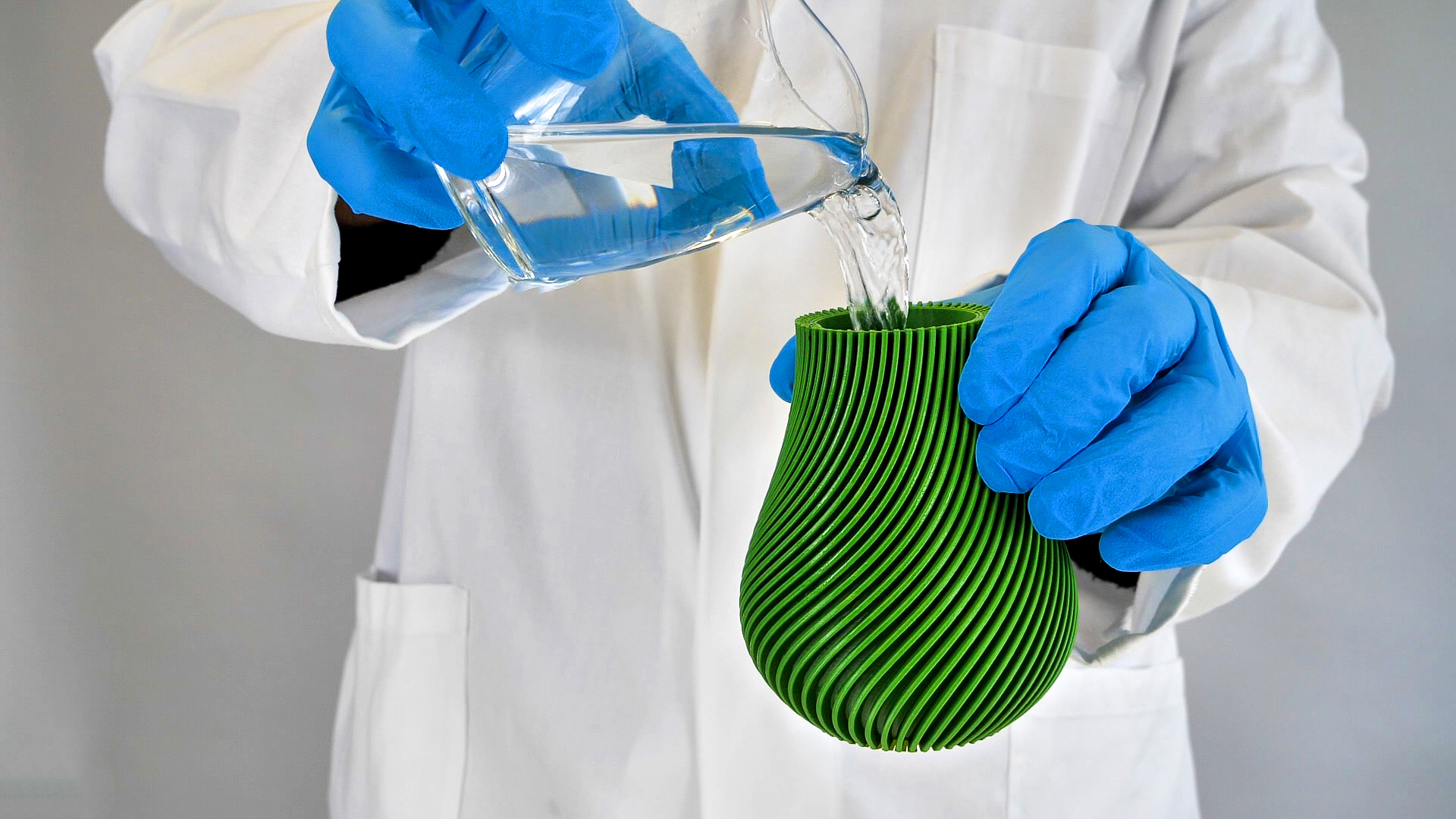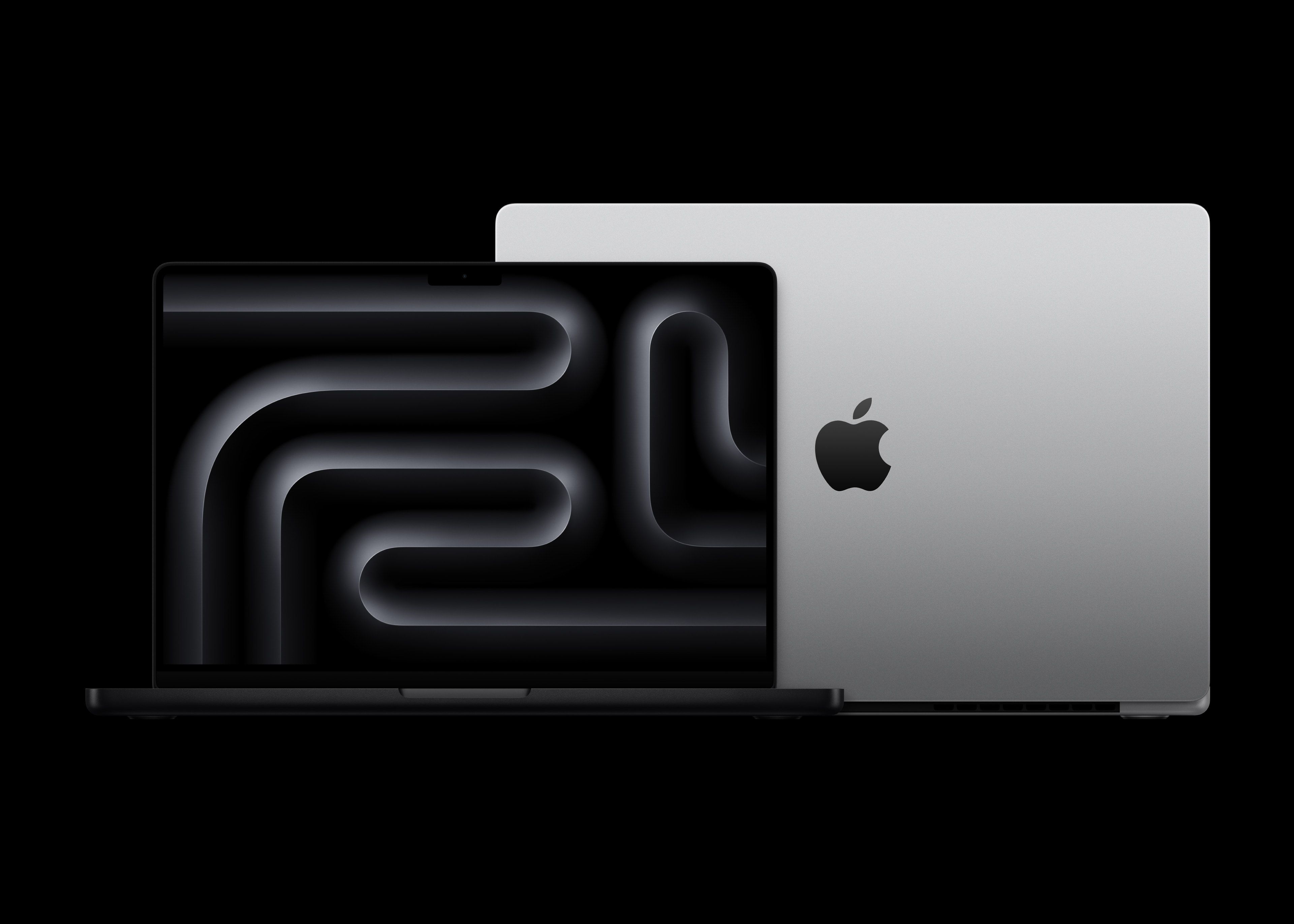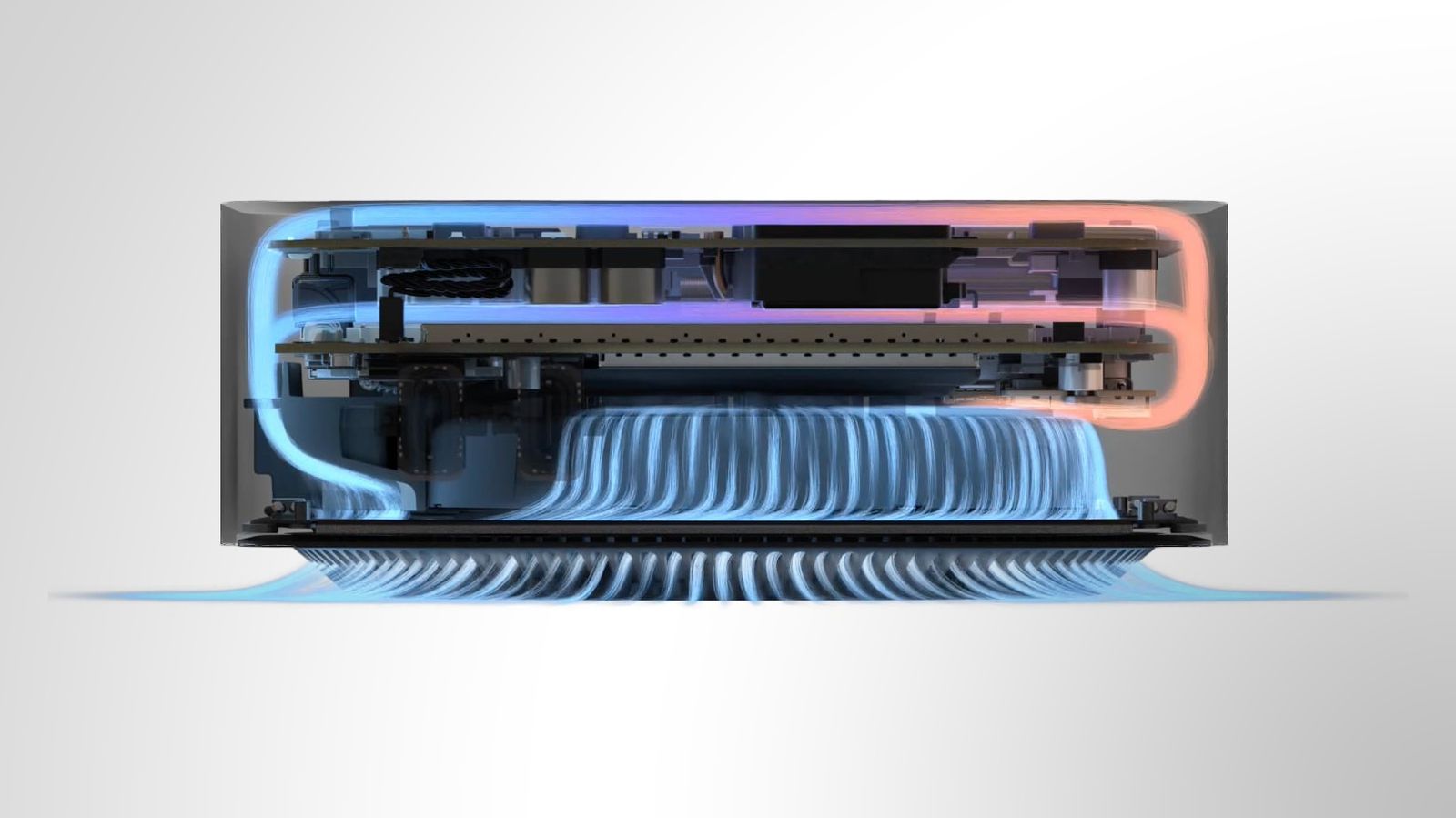Water tightness has long been a significant challenge in 3D printing.Personally, I’ve tried various sealants, paints, solvents, and resins to properly seal 3D-printed parts.Now, a German firm, DIAMANT Polymer, believes it has a solution.
According to the company, its product, Dichtol AM Hydro, can make parts both gas- and watertight.It’s solvent-free yet able to seal and impregnate parts.The process is VOC-free, non-hazardous, and non-flammable, and can seal pores up to 2mm in diameter.This advancement could unlock opportunities in markets requiring sealed parts.
For industrial applications, proper sealing can also prevent issues like mildew, moisture absorption, and unwanted uptake of chemicals and liquids.The video below is in German but shows you how to apply and use the product.The company reports that Dichtol AM Hydro is suitable for many material extrusion and powder bed fusion components, having tested it on PLA, ABS, ASA, and PA 3D-printed parts.The compound penetrates the part and solidifies at a rate of approximately one hour per millimeter within the part and within an hour on the surface.
It can be applied by brushing, dipping, spraying, or injecting, with injection recommended for channels and spraying ideal for larger parts.Once applied, parts gain a shiny finish.The company also notes that parts treated with the product can be easily cleaned and offer good chemical resistance.It’s great to see such a practical innovation entering the market.
Water tightness has been a persistent challenge for those working on marine, chemical, energy, and electrical projects.Porosity issues have long limited the usability of 3D-printed components in demanding environments, including marine applications, chemical processing, machine tools, automotive, and defense.This solution could make 3D-printed parts more viable for these industries.
In fields like aquaculture, it might even significantly accelerate the adoption of 3D-printed components.Currently, there’s steady growth in low-cost service bureaus that rely on dozens or even hundreds of desktop 3D printers for production.For these providers, Dichtol AM Hydro could be a valuable tool for expanding their offerings.Powder bed fusion parts, in particular, have struggled with dirt and moisture absorption, so this solution might appeal to them as well.
It could be an attractive option to add to the range of post-processing services.At the moment, most turn to DyeMansion and AMT for vapor smoothing or mechanical resurfacing to seal and finish parts.It would be interesting to see if this product could serve as an alternative or complement to those methods.Perhaps a combination of vapor smoothing and a mechanical finishing step with Dichtol AM Hydro could enhance its penetration into parts.
Or, there might be potential for developing a pressurized system that could infuse the compound into parts more efficiently and consistently.The product is priced at €28 for 250ml and €75 for a liter.It’s hard to gauge exactly how many parts that amount would cover, but if it performs as well as the vendor claims, it’s likely that many users will give it a try.Concerns about bacteria buildup in layer lines or pores have slowed the adoption of 3D printing in food-safe and water infrastructure applications.
A reliable, certifiable sealing process could open up new possibilities for 3D printing in water infrastructure, marine, processing, and food production.This seems like a promising invention, and it will be exciting to see how it’s applied.Subscribe to Our Email NewsletterStay up-to-date on all the latest news from the 3D printing industry and receive information and offers from third party vendors.









